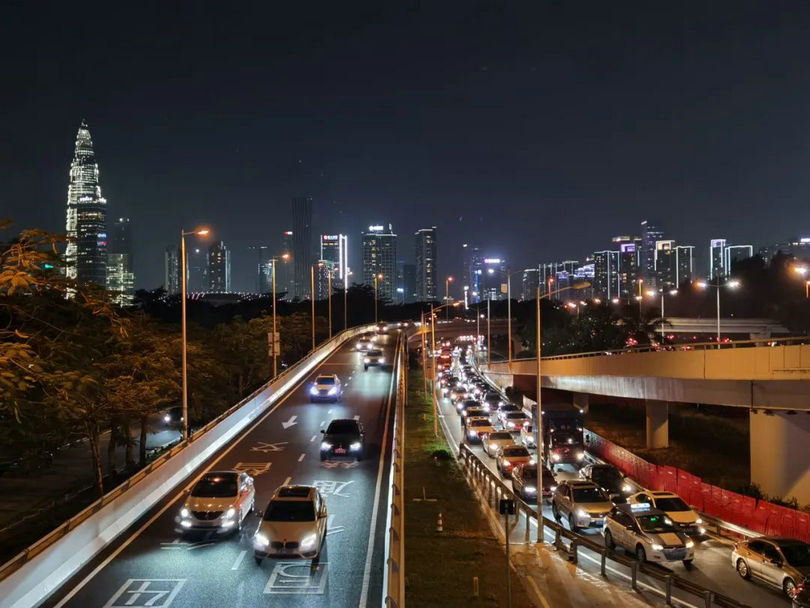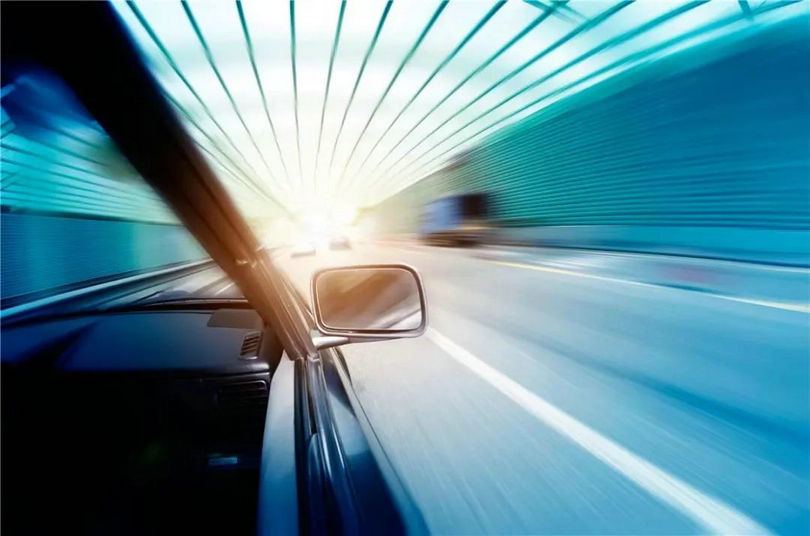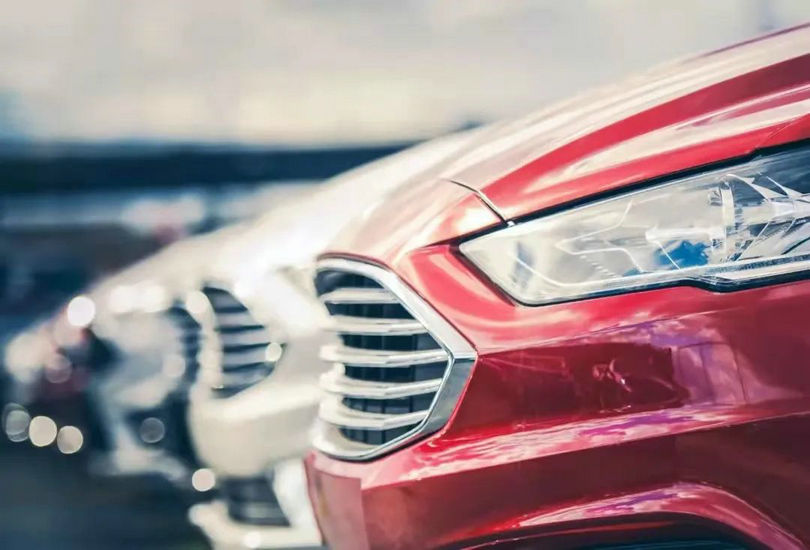| Plug-in hybrid: What is the maximum growth momentum of new energy vehicles in 20 |
| Release time:2023-01-10 14:36:47| Viewed: |
Plug-in hybrid: What is the maximum growth momentum of new energy vehicles in 2023?
Recently, the Shenzhen Transportation Bureau announced that it would continue to relax the individual application conditions for the incremental indicator of hybrid cars and allow individuals with only one registered car in Shenzhen to apply for the incremental indicator of plug-in hybrid cars (including incremental programs) that meet the conditions.
A few days ago, on January 1, Shanghai had just begun to issue no special license limit to the owners of plug-in hybrid (including plug-in) vehicles. Similarly, Beijing has never even admitted that plug-in hybrid vehicles are new energy vehicles, nor has it given any policy preference on vehicle purchase indicators.
The different attitudes of the three first-tier cities have led people to pay more attention to the future of plug-in hybrid vehicles.
"Or promote a new round of rise of independent brands"
When people pay more attention to pure electric vehicles, plug-in hybrid vehicles are quietly rising at an amazing speed. According to the data of CAAC, from January to November 2022, the output of plug-in hybrid vehicles was 1.394 million, an increase of 169.3% year on year; The sales volume of 1.33 million vehicles increased by 154.6% year on year, and the growth rate of both production and sales was nearly twice that of pure electric vehicles.
At the supply side of the market, plug-in hybrid cars are also very busy. In 2022, self-owned brand car companies began to launch new hybrid models with a price of 150000 to 200000 yuan on a large scale, which strongly squeezed the market share of the joint-venture passenger car with this price. At the Chengdu Auto Show in the second half of the year, BYD frigate 07, Haval H-DOG, Linke 01 EM-P, Chery Tiger 7 PLUS new energy, tank 500 PHEV, Changan Auchan Z6 iDD... played the leading role, and even surpassed pure electric vehicles for a time.
In 2021, after many years of technology accumulation, BYD launched the DM-i and DM-p hybrid architecture, breaking through the technical barriers of Japanese automotive enterprises and taking the lead in the layout of PHEV market. These two hybrid systems have rapidly helped BYD's sales increase by several steps. Among BYD's sales in 2022, plug-in hybrid vehicles outnumber 917118 pure electric vehicles with 953801 vehicles. BYD's DMi model has activated the hybrid market, making users have a strong demand for plug-in hybrid models with low vehicle costs and no mileage anxiety.
In August 2022, Zhu Huarong, Chairman of Chang'an Automobile, said that plug-in and plug-in vehicles will be important growth poles and components of the new energy vehicle market. From the perspective of users' psychology and actual use conditions, plug-in and additional programs are replacing fuel vehicles to become truly all-around products.
Under this wave, major automobile enterprises also accelerated their layout. Pan Xinxin, Deputy General Manager of Chang'an Passenger Car Marketing Division, said that 2023 would be a big year for the development of Chang'an's electric hybrid. A total of 6 products, including UNI-V, UNI-K, CS55, CS75 PLUS and Yida and Auchan Z6, will be equipped with Chang'an Blue Whale iDD hybrid system. Major auto companies such as Great Wall and Geely also hold new products and are ready to launch, intending to expand their strength in the plug-in market.
Lin Zijian, an analyst at Huafu Securities, believes that the resonance between supply and demand, the continuous iterative upgrading of high-performance and popular hybrid models, is expected to start a new round of growth cycle of the independent brand in 2023, and relay the pure electric model to promote a new round of rise of the independent brand. Ping An Securities also believes that with the increase of plug-in and hybrid models put on the market by automobile enterprises in 2023, it is expected that the sales of plug-in and hybrid vehicles will reach 3.1 million, and plug-in hybrid vehicles will become the largest growth momentum of new energy vehicles in 2023.
Not optimistic: transitional technology is greatly affected by policies
Although many people believe that when the plug-in hybrid car market will explode in 2023, the "big change" of the license plate policy in Shanghai seems to cast a layer of haze on the plug-in hybrid car market, and many insiders are quite worried about its prospects.
The "Implementation Measures of Shanghai Municipality on Encouraging the Purchase and Use of New Energy Vehicles" issued by the Shanghai Municipal Government recently pointed out that from January 1, 2023, consumers who purchase or transfer plug-in hybrid electric vehicles (including additional programs) will no longer be issued with special license for new energy vehicles. This means that from 2023, the purchase of plug-in hybrid vehicles in Shanghai will no longer enjoy the free licensing benefits, and the purchase of this model needs to participate in the license auction together with the fuel vehicles.
Zhang Xiang, president of the New Energy Vehicle Technology Research Institute of Jiangxi New Energy Technology Vocational College, analyzed that in cities like Shanghai, the acquisition of vehicle license plates is very difficult, so the license plate benefits are quite attractive. In the future, the cancellation of free license plate benefits will have a great impact on the sales of hybrid vehicles that are highly dependent on policies. Besides Beijing, Shanghai is the first city to pilot the policy. It is expected that more cities will follow up in the future, and its impact on the sales of hybrid vehicles will continue to expand.
While Shenzhen's new policy of relaxing the individual application conditions for the incremental indicator of hybrid cars seems to open up a "green channel" for plug-in hybrid cars, Zhang Xiang pointed out that BYD, the largest manufacturer of hybrid cars, is located in Shenzhen, and its contribution to Shenzhen's GDP, employment and other aspects is huge. Shenzhen's move is undoubtedly to support the development of local enterprises. This policy idea is not scalable in other regions, The plug-in hybrid market in 2023 is bound to show certain regional characteristics due to different policies in different regions.
In Zhang Xiang's view, because plug-in hybrid cars can still enjoy the preferential purchase tax and free green card policy in most regions, and in the short term, plug-in hybrid models are indeed popular with some consumers because of significant fuel savings, so it is expected that they will remain hot in 2023. However, some consumers have already consumed in advance to seize the last new energy subsidy opportunity at the end of 2022, so it is expected that the hybrid market will be slightly quiet in the first half of 2023 and gradually enter the hot sale state in the second half of 2023.
"But in the long run, the carbon reduction effect of plug-in hybrid vehicles is far less than that of pure electric vehicles. It is just a product of the transition from fuel vehicles to pure electric vehicles, which is greatly affected by the policy. Therefore, the policy of canceling the plug-in hybrid license plate is to indirectly guide car brands to increase the research and development of pure electric vehicles. Under the trend of tightening the policy, the sales of plug-in hybrid vehicles will also show a downward trend," said Zhang Xiang.
Positive: it has moved from policy-driven to market-driven
However, many insiders are still optimistic about the future of plug-in hybrid vehicles.
In the view of Fan Yongjun, secretary general of Chengdu New Energy Vehicle Industry Promotion Association, if plug-in hybrid is a transitional technology, what is the ultimate technology? Pure electric vehicles are not completely clean from the point of view of the whole life cycle. Hydrogen fuel cell vehicles are still not expected to be widely used in many years due to technology and cost. Therefore, there is no "transitional technology or product", as long as it can meet the needs of consumers, it is mature technology.
Fan Yongjun further pointed out that the design of plug-in hybrid vehicles of European and American joint venture brands does not conform to China's national conditions, and the pure electric range is often only 50-60 kilometers, which cannot meet the travel demand in cities, resulting in users often only fueling without charging, and the "plug-in hybrid" has no real name; In the past, the "king" Japanese hybrid cars were mostly light hybrid cars. Although they could save fuel, the fuel saving effect was not significant.
He said that it was not until the emergence of BYD DMi that Chinese auto companies began to master key technologies and develop their own characteristics on the road of mixed roads. The pure electric range of China's plug-in hybrid vehicles is usually 80~200 kilometers, which can completely meet the requirements of commuting in cities, and the fuel car mode can be used for long-distance travel. In the past, electric cars were mostly the fuel-saving choice of the second car in the family with cars. Now, plug-in hybrid cars combine the advantages of gas cars and electric cars, and can handle all of them.
Take BYDIHAN, which is equipped with 1.5T DMi super hybrid system, as an example, the pure electric range reaches 121km and 242km, the official fuel consumption of 100km feed is as low as 4.2L, and the comprehensive range of NEDC can reach 1300km when the fuel is full and the power is full, which not only eliminates consumers' anxiety about the mileage of pure electric vehicles, but also greatly satisfies the economy. Therefore, Fan Yongjun believes that plug-in hybrid vehicles have moved from policy-driven to market-driven, and whether they enjoy license concessions or not will not affect their sales.
Some insiders also pointed out that under the new energy subsidy, the subsidy for plug-in hybrid vehicles is 4800 yuan/vehicle and the subsidy for pure electric vehicles is 12600 yuan/vehicle. When the subsidy is withdrawn, the plug-in hybrid vehicles will be less affected by the subsidy. In addition, the price of battery raw materials has soared unprecedentedly. Compared with pure electric vehicles with more batteries, the cost advantage of plug-in hybrid vehicles will be further highlighted, and the sales volume will also rise.
Fan Yongjun said frankly that the domestic plug-in hybrid car market has erupted. In 2023, with the vigorous layout of many car companies, hybrid models, including the added programs of Ideal, Quest and Landau, will become more popular. From the perspective of brand pattern, the "one super and many strong" pattern led by BYD is taking shape. BYD's DM-i and DM-p technologies have been verified by the market, while the hybrid systems of Great Wall, Geely and Chang'an are still in the early stage of development. After market verification and continuous improvement, it is also expected to achieve rapid volume increase. |







